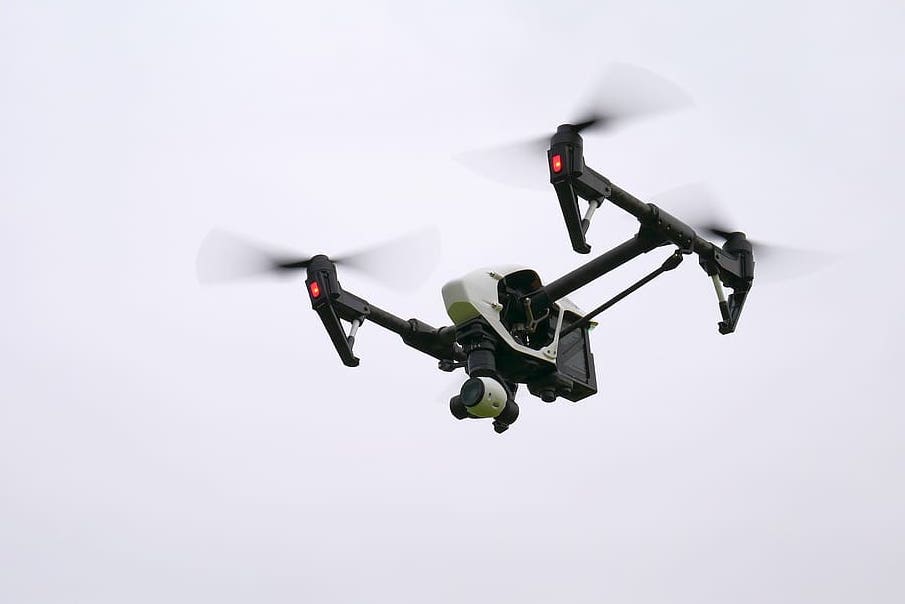How Easy Is it to Build a Robot Assassin?
Iranian scientist Mohsen Fakhrizadeh reportedly may have been assassinated using a remote-controlled machine gun. Such devices are unfortunately easy to construct.

Published by The Lawfare Institute
in Cooperation With

Someone—almost certainly Israel—recently assassinated Mohsen Fakhrizadeh, the leading scientist behind the Iranian nuclear program. The latest reporting from Iran suggests that the assassins employed a remotely controlled machine gun mounted on a pickup truck. If this reporting proves correct, the death of Fakhrizadeh will not be the first instance of successful or attempted assassination-by-robot: In 2018, Venezuelan President Nicolás Maduro survived a possible attempt on his life carried out by small drones armed with explosives. And the U.S., in targeting Iranian Major General Qassem Soleimani with a drone strike, has made clear that it is not above the use of such tools in modern statecraft.
So how hard is it to build such a tool? How expensive? Unfortunately, the answer is “hard but doable” and “not much money”—with the further complication that in a few years, it will probably be possible to pick up the necessary equipment online from vendors like Banggood. I know, because this field is something of a hobby for me. For three years, I’ve been trying to build an autonomous computing package for drone-hunting drones, and this work has familiarized me with the relevant technology.
It doesn’t take much for a robot to kill an exposed person. 200 grams (seven ounces)—not that much more than a baseball—is enough explosive to kill anyone within five meters (15 feet). A small ground or air vehicle can easily carry that payload, creating a robotic assassin.
Currently, the remote control needed to maneuver such an assassin is easily defeated with broad-spectrum jamming, which interferes with the radio signals necessary for communication. This played out in 2017, when the Islamic State developed and deployed effective small drones until the U.S. and others employed jammers to disrupt the remote link. There is also reporting suggesting this is why the Maduro assassination attempt failed. In order to avoid this problem, successful robotic assassins will need to be autonomous, capable of identifying targets and attacking without any human intervention.
Likewise, a drone-hunting drone needs to be autonomous because it needs to deal with autonomous—and therefore fast-thinking—adversary drones. It also needs to be fast in order to engage its target while protecting a larger area from attack. And it needs to be cheap, because there are so many potential targets that need defending.
Basically, to fight autonomous robot assassins, I need to build autonomous robot assassins to assassinate the autonomous robot assassins.
The available hardware and most of the software pieces are already available—it’s simply a matter of assembling everything together on a single circuit board. Combining a low cost hardware autopilot, a powerful compute module, a GPS receiver, a cellular modem and a machine-learning accelerator all on the same board—and getting it to fit in a small footprint—is a fun design exercise. My work so far suggests that I can fit everything needed in a roughly 60 millimeter by 80 millimeter (2.3 inch x 3.1 inch) footprint. When I finally fabricate a few prototypes, it will likely end up costing a couple thousand dollars, while low-rate production would be less than $500 per copy. Further integration by designing with lower level components—for example, building an integrated flight control computer from a CPU and accelerometers rather than purchasing an off-the-shelf module—could substantially lower the cost per unit, but that level of design probably requires a commercial, rather than a hobby-level, effort.
The software is also widely available. Machine-learning based image classification can run at an incredible speed on the ML accelerator, while the autopilot itself accepts high-level directions using MAVLink. Once I get a working board, it will primarily be a matter of gluing existing software pieces together rather than developing a lot of new components.
And this is where the modern supply chain comes in. Every piece I’m using is already widely available in scattered pieces—and providing a single integrated package would be useful for so many tasks, not just offensive ones. The same software and hardware needed for killer drones can just as easily act as a synthetic peregrine and chase away birds from a vineyard or keep a continual watch for wildfires. Because the benign market is so large, I suspect that the “brains” needed for small autonomous robots will be available in integrated packages in less than five years.
Scary times may be ahead. Will it soon become dangerous for world leaders to walk in open air while in office?


.jpg?sfvrsn=e915b36f_5)


